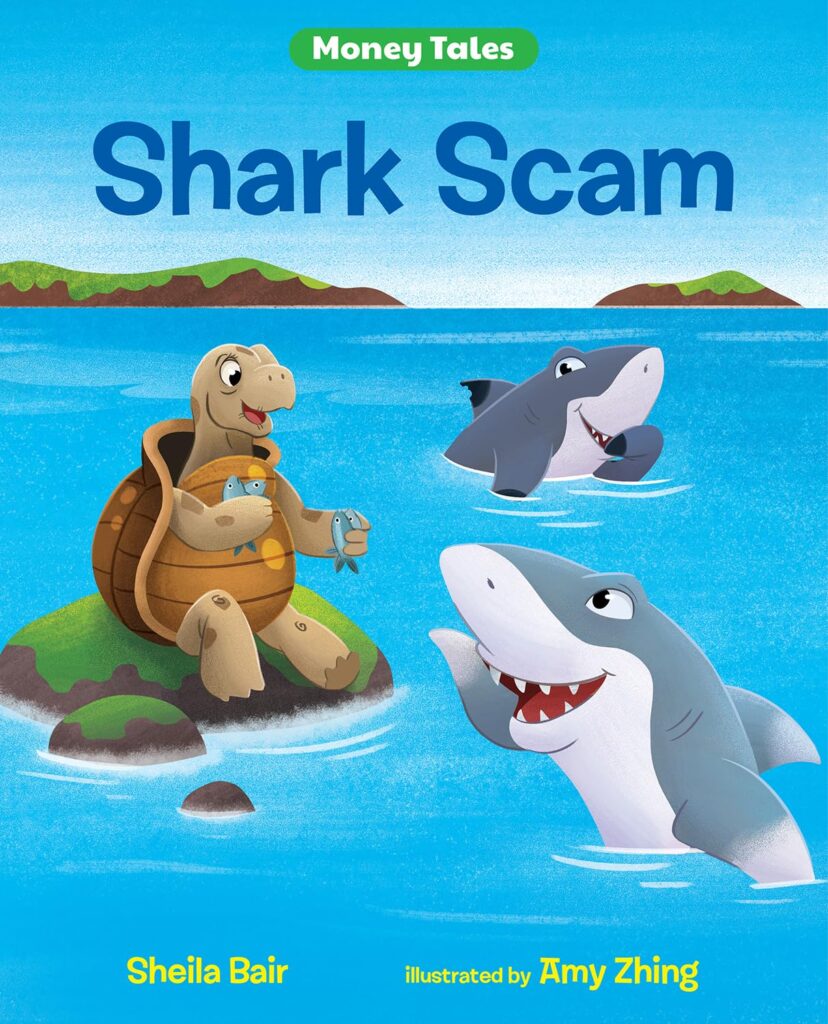
Content Partner
Grades 3-5

Don't have an account yet? Sign up for free
Don't have an account yet? Sign up for free


Students will define and identify human resources and capital resources workers use in their jobs.
This engaging lesson will teach students to identify human and capital resources. The lesson will also ask students to match capital resources with what specific human resources they would use to do their jobs.
Challenge students to think of workers they know or have seen in the community. Explain that all workers have very important jobs. Tell students they will learn a song that names some important workers. (The song can be sung to the tune of “Ten Little Indians” or read as a choral reading.)
Tell students they have now learned about ten important workers. In economics, a worker is called a human resource. A human resource is any worker. If a worker has special skills, it includes those skills and knowledge as well.
Ask students to hold up one hand. As they point to each finger and their thumb, challenge them to name a human resource as they point to each, other than those included in the song.
Human resources use special tools, equipment, buildings and machinery to do their work. We call these capital resources. Introduce the “Capital Resources” song.
Next, have students complete the “Is it a Match?” interactive to help them better understand capital resources. (Students will progress through a series of human resources and will be asked if each uses specific capital resources.)
“Who Uses This?” interactive will challenge the students to match the capital resources and human resources. Have them complete the activity. (Students will match the capital resource with the human resource by dragging each item to the correct location.)
Review with students the concepts of human and capital resources.
What are workers called? [Human resources]
Name a human resource we talked about today. Answers may vary but might include: nurse, baker, newspaper reporter, attorney, artist, musician, judge, veterinarian, police officer, Governor]
 What are the special tools, machinery, buildings and equipment called that workers use? [Capital resources]
What are the special tools, machinery, buildings and equipment called that workers use? [Capital resources]
Name one capital resource a builder might use. [Answers may vary but might include: hammer, ladder, screwdriver, saw]
Does a farmer use a tractor to do his job? [Yes]
Does a veterinarian use a tractor to do his job? [No]
What capital resource might a singer use? [Microphone]
Have students dress as a human resource for Career Day. Challenge each student to bring in pictures of an actual capital resource he or she would use to do the job.
Host a parade through the school.
To determine student achievement, students will participate in an assessment activity called “Thumbs: Up or Down?”. The students will run their cursor over the pictures and read the statement. If the statement is true, they will drag the picture to the thumbs up location. If the statement is false, they will drag the picture to the thumbs down location.

Content Partner
Grades 3-5

Grades K-2, 3-5

Grades K-2, 3-5

Grades K-2, 3-5
